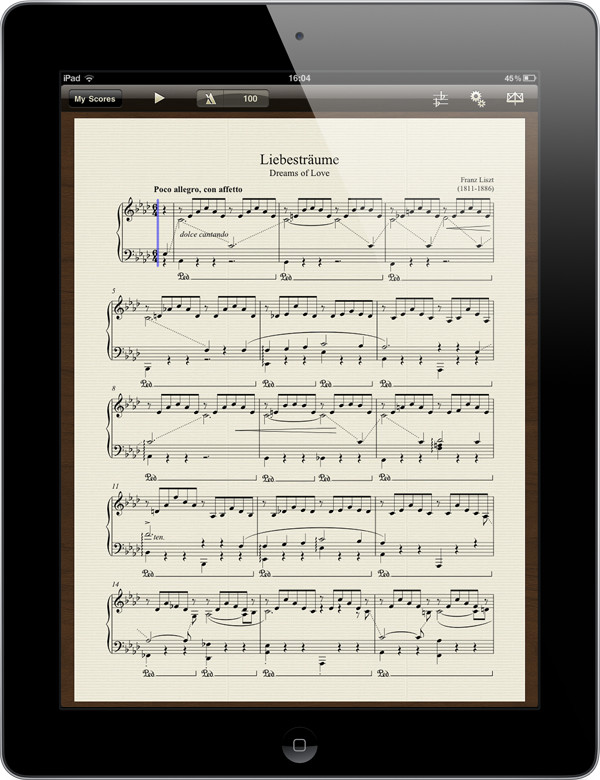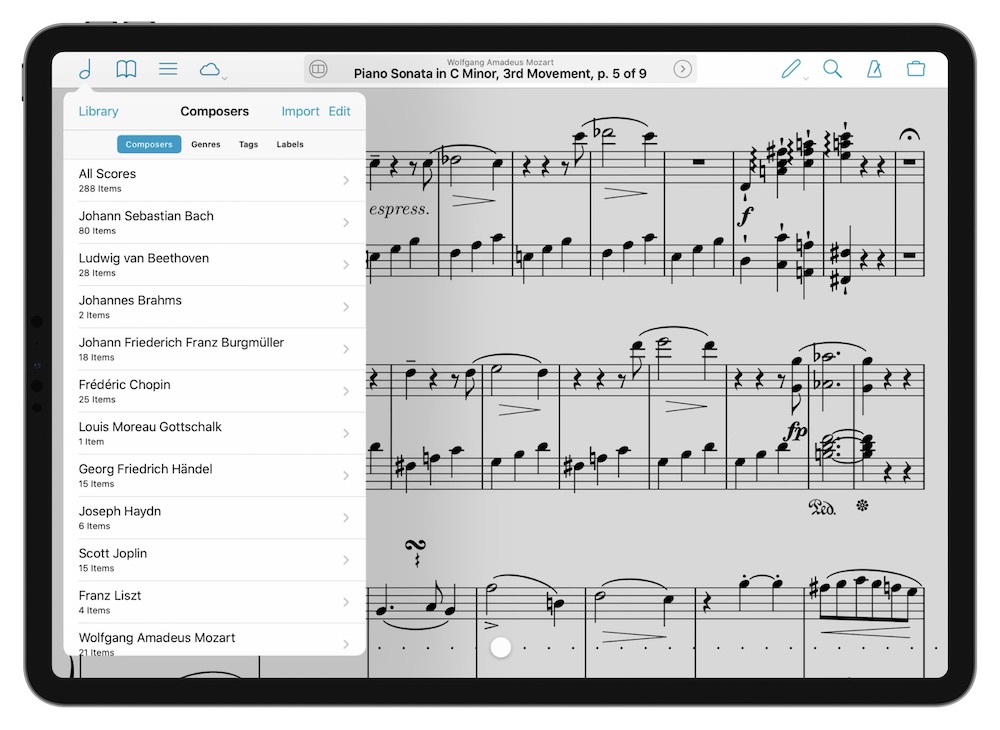


The computer recognizes the change, and represents the legato or staccato articulations as CC data. MIDI is the information read by your computer, translating notes and CC (Control Change) data into music.įor example, you may play a legato phrase on your piano, then repeat it the second time with staccato notes. Now that you have connected your keyboard to your desired setup, it’s time to learn a little about MIDI. Take a look at the table below to understand what cables and adapters you’ll need to connect your digital piano to a smart device: You may notice a USB Type A port in your keyboard, but this cannot be used for transferring MIDI data, you can only insert a flash drive to save recordings onto using your keyboard’s internal sounds. Most modern keyboards feature a USB Type B port, while some older keyboards and pro-grade instruments use a MIDI connection (dedicated MIDI In/Out ports). You can also use them to control various music-making and learning apps (more on that in the following sections). When you press a key on your keyboard, a sustain pedal, or use any other controller that your instrument has, you generate MIDI messages that tell which key was pressed, how much pressure was used for it, how long a note was held, etc.Īll these messages can be sent to your computer and recorded as a MIDI file. If you have used MuseScore before there are now significant improvements to engraving, spacing, and automation.Note: MIDI (Musical Instrument Digital Interface) is a protocol that allows computers and electronic musical instruments to communicate with each other. MuseScore is always improving and the latest release (3.6.1) has big improvements in editing and formatting. So, as with the other score editing software we’ve reviewed, you can enter notes by hooking up a MIDI keyboard or using MuseScore’s on screen keyboard.

However, inputting notes with a mouse can be time consuming. With visible sidebars and all the standard music and note input symbols right there on the screen it is surprisingly easy to pick up. MuseScore has an intuitive layout which is great if you’re new to music notation software. MuseScore also gives you access to an amazing online score library ( ). Essentially you can go from paper music or PDF to an editable score in seconds. This means that if you have printed music, or you have found a PDF score online you can scan it in with PlayScore 2 and then send the results to MuseScore.
:max_bytes(150000):strip_icc()/music-musicnotes-594953353df78c537bffcf90.png)
One of the most powerful things you can do with MuseScore is to input scores from PlayScore 2, the music scanning app for iOS or Android.


 0 kommentar(er)
0 kommentar(er)
